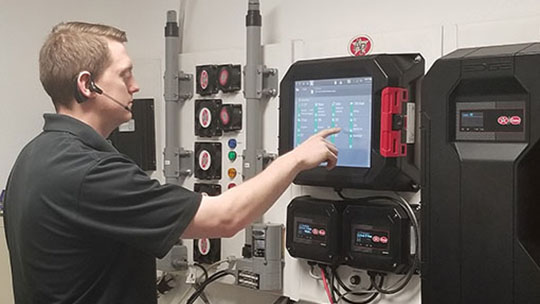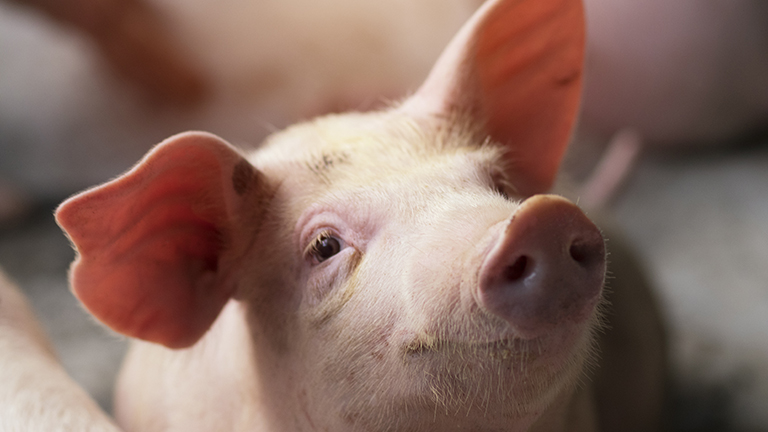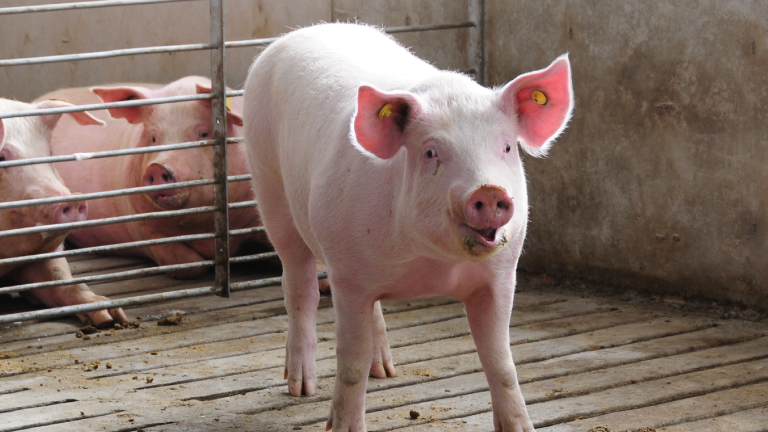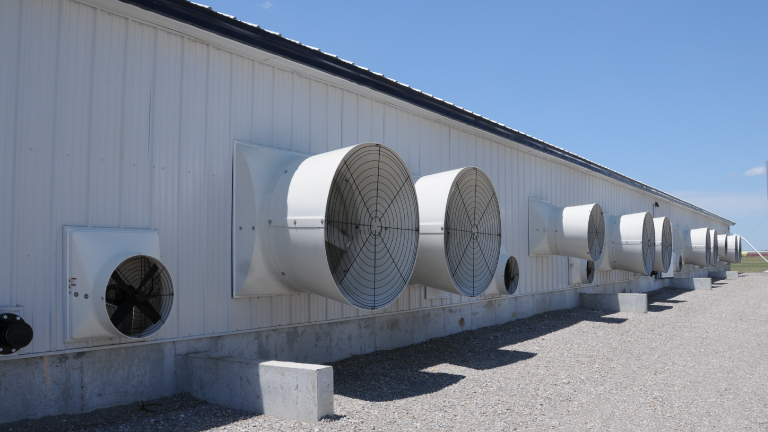As fall approaches, now is a good time for swine producers to begin basic maintenance of their barn equipment so it will be ready for the arrival of cooler temperatures and the winter season.
Dwight Naber, district sales manager for AP, offers these reminders:
- Clean heaters — Make sure the barn heaters are in good working order. Blow away dust and debris, and clean any carbon buildup on the units — including the wiring, igniter, sail switch and flame sensor.
- Test heaters — Once the heaters are clean, manually test them to make sure they will operate properly. Activate the heaters from the room ventilation controller to confirm the controller is communicating correctly. Troubleshoot any issues, and replace parts as needed. It’s also a good idea to store extra parts to reduce downtown if needed later in the season.
- Inspect wall curtains — Patch any holes or tears that may have occurred over the summer. Check storm ropes to be sure they are tight and will hold up well during the winter.
- Seal openings — For barns equipped with soffit doors, make sure they are in good working order so they will properly close and maintain a good seal against cold air entering the barn. Also, retrieve window fan covers from storage and install to prevent air leakage.
- Drain cool cells — Make sure that cool cell and pumps are and system are completely drained before they are put away for winter.
- Attic insulation – Take a look in the attic to check that the proper insulation depth is still intact, especially along the outer walls where stronger summer winds may have blown insulation away from the outer perimeter of the ceiling.
- Minimum ventilation inlets – Make sure that your minimum vent inlets are in good working order, as they will be used much more going into transitional and colder weather. If you have auto actuated inlets, ensure that your actuator machine is greased and in good working order, check pulleys and cables, and confirm that the inlets themselves are operating correctly. For automatic/counterweighted inlets, check for missing and properly placed counter weights for optimal performance for transitional and colder weather.
“Proper maintenance can help ensure that barn equipment will operate safely and efficiently, which in turn will help promote animal health and productivity,” Naber said.













